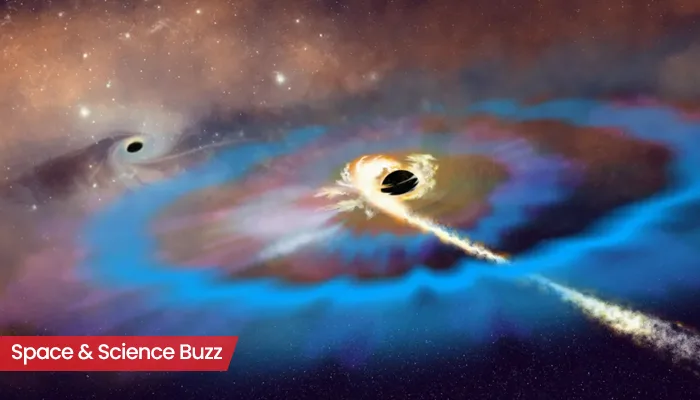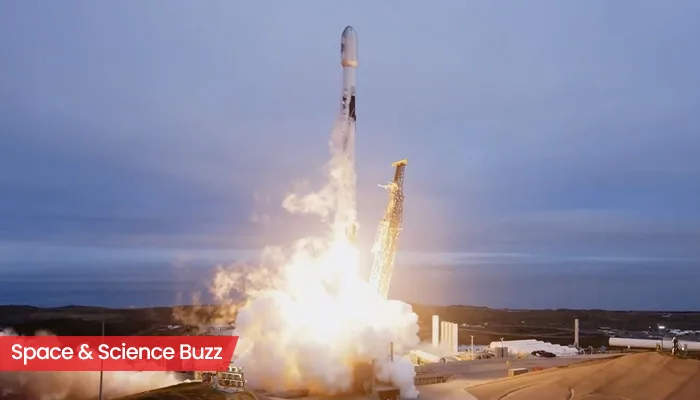
Here are today’s most important updates from the realm of Science and Space.
Starship Aces the Splashdown Test: A Controlled Crash Just as Musk Intended
Splashdown confirmed! Congratulations to the entire SpaceX team on an exciting eleventh flight test of Starship! pic.twitter.com/llcIvNZFfg
— SpaceX (@SpaceX) October 14, 2025
(Credit: X/@SpaceX)
SpaceX’s Starship successfully completed its 11th test flight, achieving a dramatic water landing in the Indian Ocean, precisely where CEO Elon Musk predicted it would splash down. The mission marks the final flight for the “Version 2” Starship prototype, as SpaceX wraps up a year of significant advancements and prepares for the next generation of its reusable launch vehicles. The spacecraft intentionally crashed into the Indian Ocean. The massive stainless-steel rocket lifted off from SpaceX’s Starbase facility in South Texas, soaring through the sky powered by 33 Raptor engines. After stage separation, the Super Heavy booster performed a partially successful descent attempt before crashing into the Gulf of Mexico. Meanwhile, the upper-stage Starship continued its journey across the globe.
Cosmic Enigma: Astronomers Detect Dark Object With Mass of a Million Suns
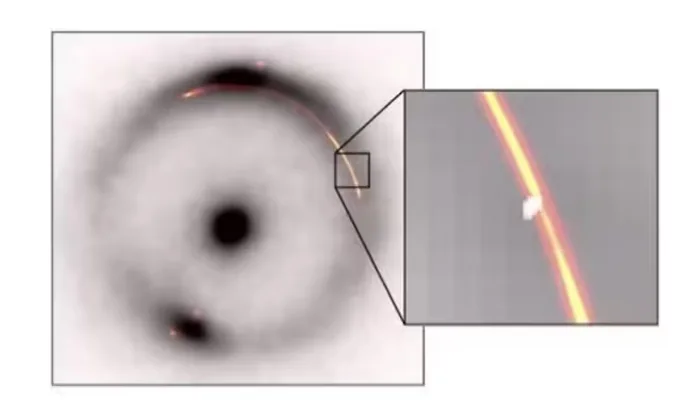
Astronomers have discovered what may be the smallest dark object ever found in the universe, an elusive structure weighing about a million times the mass of the Sun but completely invisible to telescopes. The finding, announced in two papers published on in Nature Astronomy and Monthly Notices of the Royal Astronomical Society, could reshape scientific understanding of dark matter, the mysterious substance thought to make up roughly a quarter of all cosmic mass. The object was detected not through any light it emits but by the subtle way its gravity bends light around it, a phenomenon known as gravitational lensing. The effect appeared as a minute “pinch” in the distorted image created by a much larger lensing object, a discovery researchers likened to spotting a flaw in a funhouse mirror.
Scientists Create Synthetic Brain Cells That Behave Just Like the Real Thing
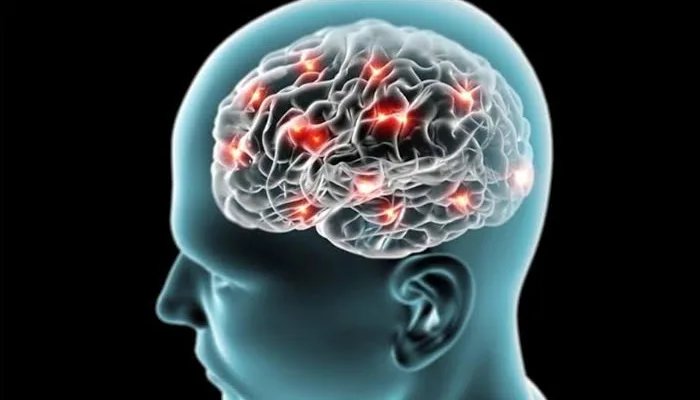
UMass Amherst engineers have built an artificial neuron powered by bacterial protein nanowires that functions like a real one, but at extremely low voltage. This allows for seamless communication with biological cells and drastically improved energy efficiency. The discovery could lead to bio-inspired computers and wearable electronics that no longer need power-hungry amplifiers. Future applications may include sensors powered by sweat or devices that harvest electricity from thin air. The innovation builds on the team's earlier research using protein nanowires made from electricity-producing bacteria. The brain alone contains billions of neurons, specialized cells that send and receive electrical signals throughout the body. Performing a task such as writing a story uses only about 20 watts of power in the human brain, whereas a large language model can require more than a megawatt to accomplish the same thing.
Mystery Solved: Researchers Pinpoint the Birthplace of Gluten Intolerance

For roughly one in every hundred people, even tiny amounts of gluten can trigger severe symptoms and pose serious health risks. While a domino effect of immunological reactions can be traced back to their genetic roots, multiple contributing factors make it hard to map the precise chain of events that causes celiac disease. Using transgenic mice, an international team led by scientists from McMaster University in Canada has pinpointed a crucial role played by the gut's lining cells, a major stepping stone that could lead to new therapies. Eating virtually anything made with wheat, barley, or rye – meaning most baked goods, breads, and pastas – puts people with the condition at risk of transient symptoms like bloating, pain, diarrhea, constipation, and sometimes reflux and vomiting.


.webp)
.WEBP)
.WEBP)
.webp)
.webp)
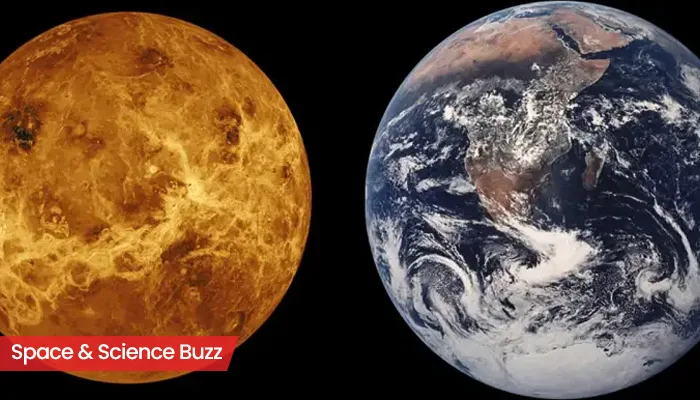
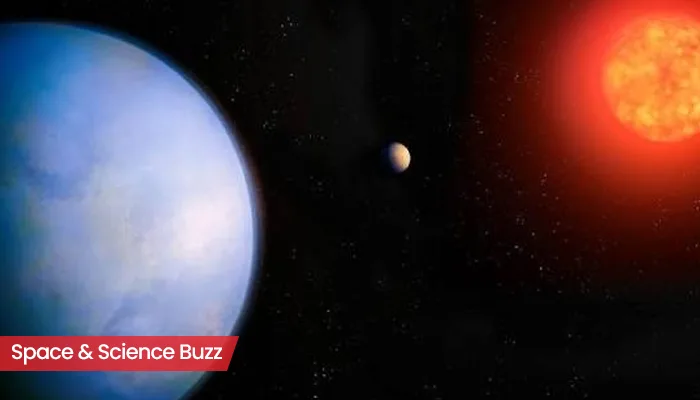
.webp)
.webp)
.webp)
